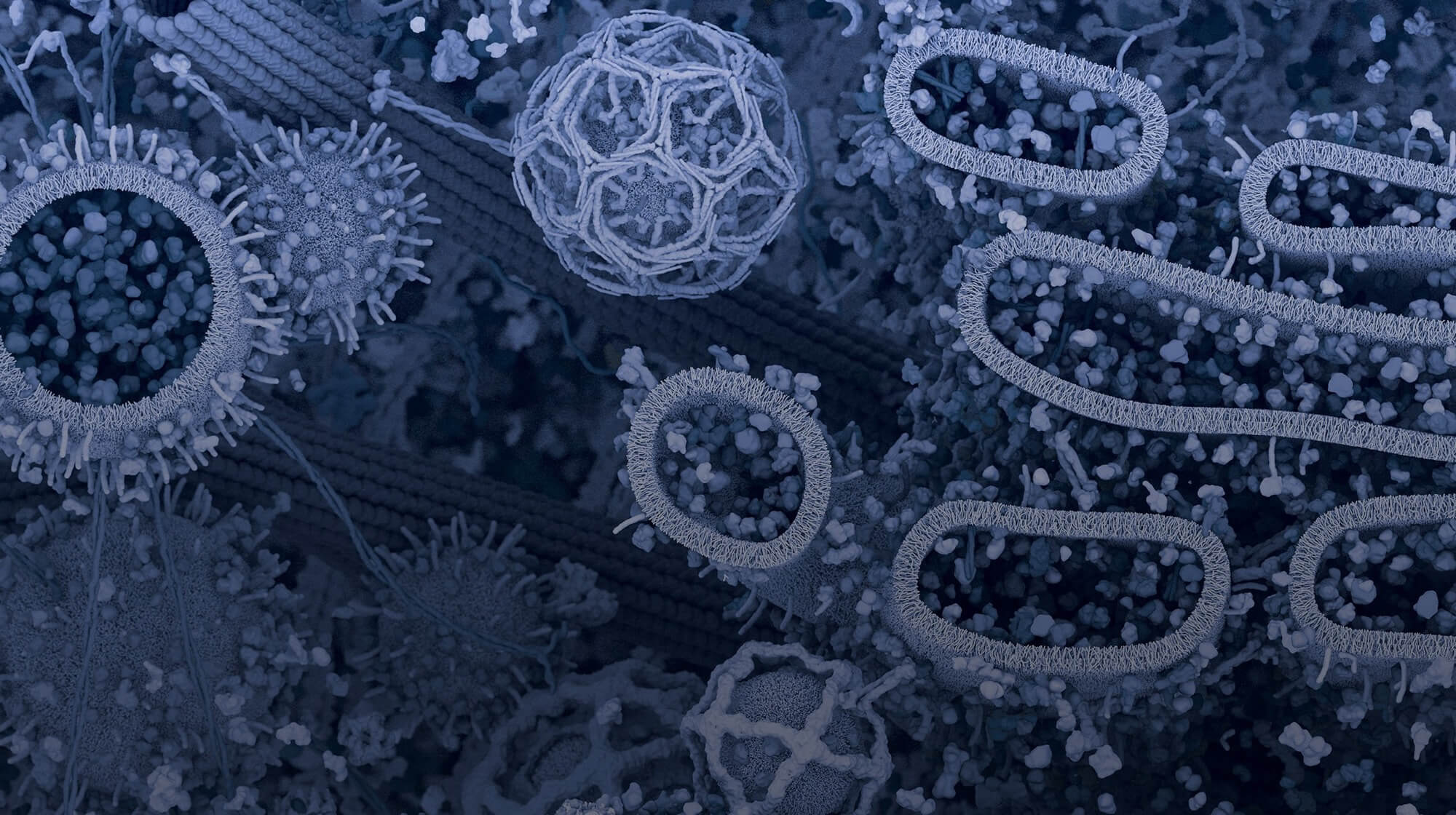
Immunotherapy as an anti-neoplastic strategy has gradually claimed the spotlight over the past several years. In fact, some now consider it as one of the pillars of cancer therapy, along with chemotherapy, radiation, surgery, and targeted therapy. Scientists and clinicians alike are cautiously optimistic, and point to response rates never seen before.
And, why not take advantage of our own immune system and the best of its weaponry, the T cells, to fight cancer?
Our immune system is a network of highly specialized cells of lymphoid and myeloid origin, which protect us against foreign pathogens while simultaneously maintaining tolerance to what they perceive as "self." When cancer strikes, immune cells have the ability to recognize cancerous or transformed cells as "non-self," owing to their mutagenic burden (the number of accrued mutations that give rise to so-called "neoantigens")1. To this end, there is mounting evidence to suggest that high mutagenic burden is correlated with improved clinical outcomes in response to cancer immunotherapy1,2. Detection of the tumor can result in immune cell-driven clearance. Hence an opportunity arises to harness the anti-neoplastic potential of our own immune cells for the development of novel cancer therapeutics: the basis for immunotherapy.
Alas, as usual, biology is not as clear-cut as one would hope. Despite the ability to trigger an immune response, cancer cells and the tissues and cells surrounding them (collectively referred to as the tumor microenvironment) covertly express a host of suppressive surface proteins and secretory molecules, which impede an anti-tumor immune response3. Counter-intuitively, our own immune cells can further support cancer growth, albeit inadvertently, by expressing on their surface inhibitory molecules normally intended for taming a full-blown immune response in an effort to prevent collateral tissue damage.
Thus, it is increasingly clear that a successful immune response requires a delicate balance of stimulatory and inhibitory inputs (see table), which ensure detection and clearance of "non-self" material while staving off self-recognition. Fine-tuning this response, at least in part, involves regulation of T cell function, which is governed by the activation of the T cell receptor (TCR). TCR activation requires two independent signals:
- Ligation of TCR with its cognate antigen (the non-self protein) on the surface of an antigen-presenting cell (APC) such as a dendritic cell.
- Engagement of the CD28 co-stimulatory receptor on the surface of the T cell with its corresponding ligands B7-1 and B7-2 on the APC.
Immune checkpoint proteins belonging to the B7 family (B7-1, B7-2, B7-H1 (PD-L1), B7-DC (PD-L2), B7-H3, B7-H4, HHLA2, and others) are largely responsible for downmodulating T cell function after TCR activation in order to curb excessive T cell expansion4,5. Tumor cells often evade immune detection by co-opting such inhibitory signaling axes, which normally hinder TCR activation. This is manifested as the upregulated expression of immune checkpoint ligands, such as programmed cell death ligand-1 and -2 (PD-L1, PD-L2), and others, on cells within the tumor microenvironment. The binding of these ligands to corresponding receptors on T cells acutely attenuates T cell activation or response.
Table of stimulatory and inhibitory receptor-ligand complexes, which mediate activation or dampening of the T cell response.
| T cell | Antigen-Presenting Cell (APC) | |
| Co-Stimulatory |
CD28 |
|
| Co-Inhibitory |
B7-1 (CD80) or B7-2 (CD86) |
*The role of TLT-2 as a co-stimulatory B7-H3 receptor is putative, with contradicting evidence in the literature.
The blockade of CTLA-4 and PD-1 receptors on T cells with humanized neutralizing antibodies has been an exceptionally effective therapeutic strategy for advanced melanoma and other cancers (renal cancer, Hodgkin's lymphoma, lung cancer) as evidenced by multiple clinical trials4-6. Multiple members of the B7 family are currently being investigated as potential targets for immunotherapy4-6.
In addition to checkpoint blockade using tumoricidal neutralizing antibodies several other cancer immunotherapeutic strategies7 are currently in practice:
- Receptor agonists and immune adjuvants
- Adoptive cell transfer
- Anticancer vaccines
- Combination therapies
Part II of this blog series is available here. Check out our Cancer Immunology Brochure.
You can also view the webinar "Targeting Cancer Pathways: The Tumor Microenvironment," and check out our downloadable resources related to using multiplex IHC for in-depth characterization of immune checkpoint signaling in the tumor microenvironment.
References
- Schumacher TN (2015) Neoantigens in cancer immunotherapy Science 348(6230), 69-74.
- Rizvi NA, et al. (2015) Cancer immunology. Mutational landscape determines sensitivity to PD-1 blockade in non-small cell lung cancer Science 348(6230), 124-8.
- Joyce JA, Fearon DT (2015) T cell exclusion, immune privilege, and the tumor microenvironment Science 348(6230), 74-80.
- Ceeraz S, et al. (2013) B7 family checkpoint regulators in immune regulation and disease Trends Immunol. 34(11), 556-63.
- Leung J, Suh WK (2014) The CD28-B7 Family in Anti-Tumor Immunity: Emerging Concepts in Cancer Immunotherapy Immune Netw. 14(6), 265-76.
- Sharma P, Allison JP (2015) The future of immune checkpoint therapy Science 348(6230), 56-61.
- Galluzzi L, et al. (2014) Classification of current anticancer immunotherapies Oncotarget 5(24),12472-508.




